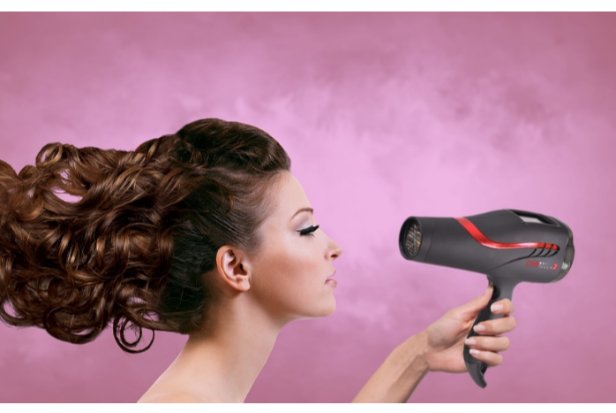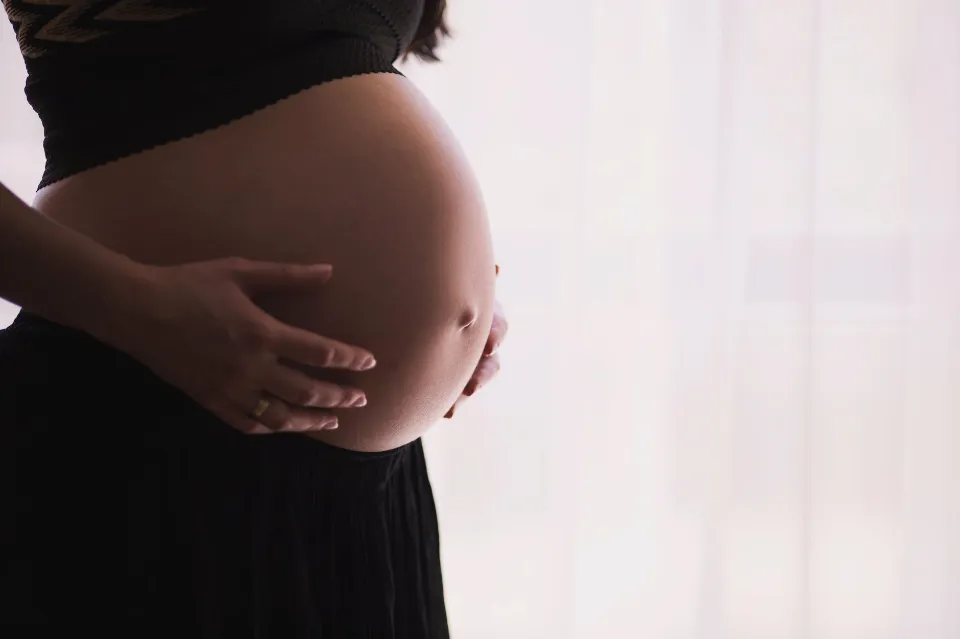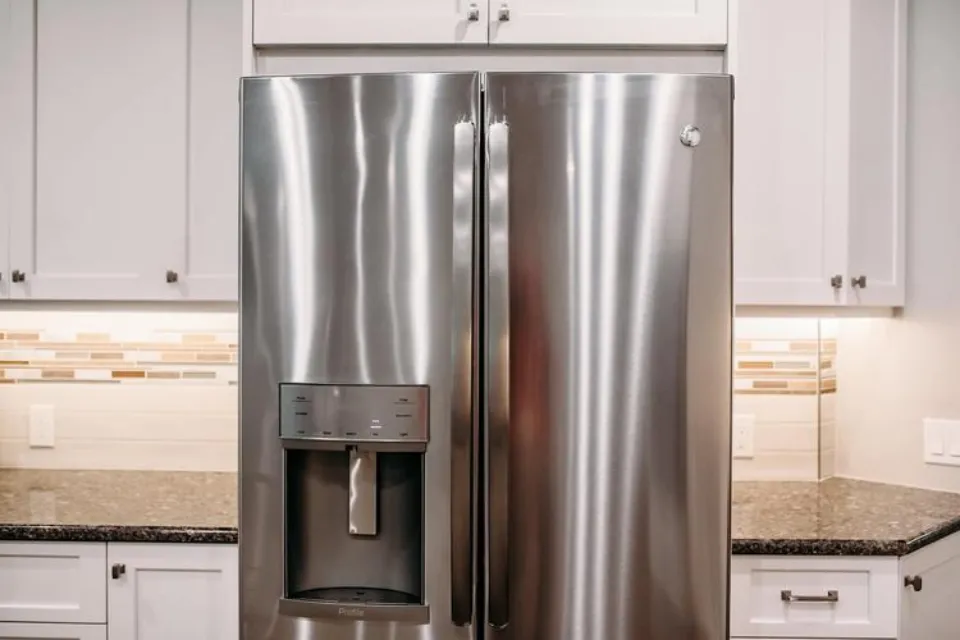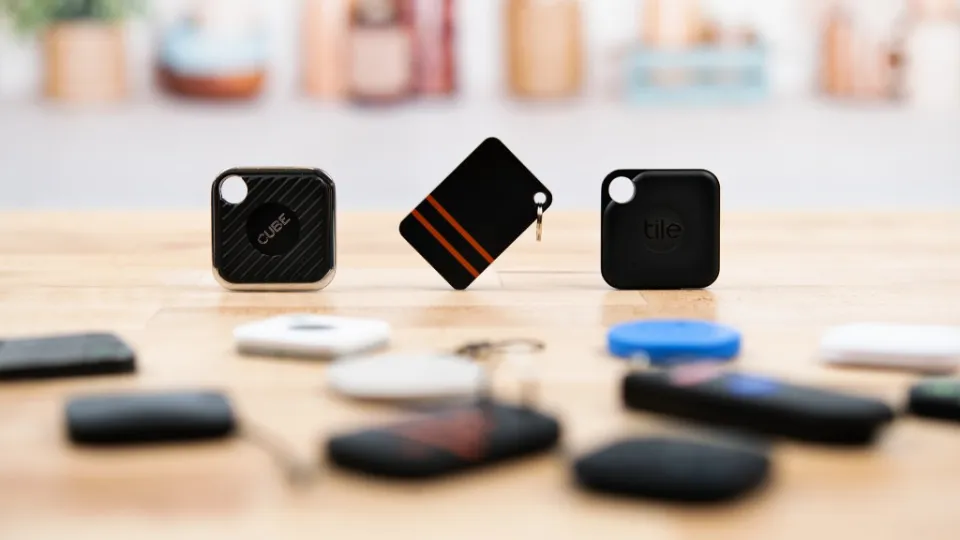You need to be aware of how hot a hair dryer can get because the risks associated with the majority of hair dryers depend on the unit’s temperature. We’ll tell you specifically that in this article.
The typical hair dryer temperature is between 80 and 140 degrees Fahrenheit. It can burn your hair and the skin on your head if the heat is turned up to its highest setting, which could be 140 degrees. The heat should be set between moderate and high, according to our advice.
How Hot Does a Hair Dryer Get?
80 to 140 degrees Fahrenheit, or roughly 27 to 60 degrees Celsius, is the typical blow dryer temperature. The manufacturer and the setting you use will determine the precise maximum temperature your blow dryer can reach.
The air will be closer to 80 degrees if you’re using a lower heat setting. It will be nearer to 140 degrees Fahrenheit or even higher if you use a high heat setting, in contrast.
Compared to flat irons, curling irons, curling wands, and other heat styling tools we use on our hair, blow dryer temperatures are significantly lower.
These instruments can withstand heat up to 450 degrees Fahrenheit (232 degrees Celsius). When styling your hair with these hot tools, it’s crucial to use a heat protectant spray.
Can Blow Dryers Damage Hair?
The temperatures blow dryers can reach might not seem all that bad. After all, direct contact with hair is what causes damage from heat styling tools, right?
That’s accurate, but blow dryer heat can still be harmful. Split ends, breakage, and lifeless, lifeless hair can all be results of the hot air from a blow dryer.
Will I Lose My Curls from My Blow Dryer?
You might be concerned that blow drying will make your curly hair straight if you have curly hair. No, blow drying won’t make you lose your curl pattern.
Simply put, the temperature is too low to permanently harm the structure of your curls. Using hot tools, such as flat irons and curling wands, greatly increases your chance of losing your curl pattern.
What Does a Hair Dryer’s Wattage Mean?
You may have noticed a small number, such as 1800 watts, on your hair dryer. How does that translate, though? Wattage is a measurement of the amount of power your hair dryer uses.
The power of a blow dryer increases with increasing wattage. Additionally, a blow dryer will generally become hotter the more power it has.
So, if you want a blow dryer with a lot of power, go for one with a high wattage (1800 to 1875 is ideal). Be careful though, as having too much power can be harmful.
What is the Highest Wattage for a Hair Dryer?
3500 watts is the highest wattage blow dryer you can find online. Inexperienced users risk causing damage to their hair when using blow dryers with this much power, which are designed for professional use in salons.
The most popular blow dryer has 1875 watts of power, which is more than enough for all of your hair styling requirements at home.
At What Temperature Does Hair Burn?
In most circumstances, the temperature at which hair burns is in the range of 450 degrees. However, depending on the type of hair you have, it might be lower. For instance, curly or kinky hair is less heat-damage resistant than Caucasian hair.
Due to the higher natural oil content in Caucasian hair, which serves as a thin heat shield, this is the case.
Generally speaking, healthier hair is more heat-damage resistant. Therefore, you run the risk of burning your hair if you blow dry damaged, kinky, or unhealthy hair.
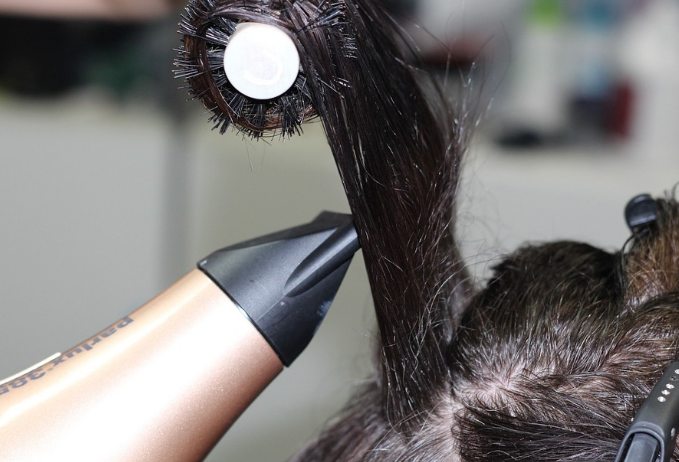
Factors on Which the Temperature Selection Depends
Before choosing a temperature to set the styling tool to, it is crucial to understand the type and texture of your hair. By choosing the proper temperature, you can prevent unnecessary damage to your hair or save time if you have been selecting a temperature that is too low for your hair type. Before choosing, there are a few factors to take into account. Here are some:
Hair Texture
How resistant your hair is to adverse environmental conditions depends on its diameter or texture. Because there are more outermost layers of protection on your hair’s cells when it is thick, it is thicker. The additional layers shield the hair’s inner core from heat and other forces. Thicker hair can therefore withstand intense heat better.
Thinner hair, on the other hand, has fewer outermost protective layers, making it less resistant to higher temperatures.
Moisture Content
As is common knowledge, heat causes water to change from its liquid state to a vaporous state. Your hair is less likely to get burned if your scalp secretes a lot of natural oils or moisture. Your hair is protected from extreme heat by the moisture’s protective coating.
You shouldn’t subject your hair to high styling temperatures if it is deficient in moisture.
The Health of Your Hair
Heat resistance is higher in healthy hair. Burning occurs more quickly in unhealthy hair. The best course of action is to avoid additional styling as much as possible if your hair has already suffered damage from excessive use of heating tools.
The Natural Condition of Your Hair and Scalp
You can’t use a lot of heat on naturally dry hair. The best way to heat style when your hair is naturally more dehydrated is to use lower heat settings. Extreme heat may quickly break, dull, and lifeless your strands if you expose already dry hair to it.
Hair Products You Are Using
It matters what kind and how many hair care products you use. Exposing color-treated hair to heat is not a good idea if you don’t want the hue to change significantly. Whether you can heat-style or not depends entirely upon the quality of the product you have used.
Extra conditioner and shampoo present while the hair is being heated could ruin the entire style. So, make sure you’ve disposed of any extra built-up items. The most effective method is to shampoo your hair with a deep cleansing shampoo to remove the extra product buildup.
Also Read:
- Windlady Hair Coloring Shampoo Review 2023 – Is It Safe to Use
- Brite Hair Dye Reviews 2023 – Is It Useful?
Medical Conditions
You should first seek medical advice if you have certain medical conditions, such as alopecia areata and albino pigmentation. It is wise to avoid exposing hair to heat under these circumstances as it is frequently more sensitive.
Heat Indexes for Some Heat Styling Instruments
You must be aware of the maximum temperature ranges for each of your heated styling tools if you want to prevent scorching your hair. It is best to be cautious when using these devices because heat styling may be a daily ritual for you.
Blow Dryers
Usually, the temperature range for hair dryers is between 80 and 140 degrees Fahrenheit. When turned up to its highest setting, the heat source can reach a scorching 140 degrees, which is hot enough to bake both your skin and your hair. The setting should generally remain at moderate to high, according to stylists. Without significant damage, your hair will dry more quickly.
The amount of heat your dryer generates is inversely proportional to the fan speed. Your hair will dry more quickly the higher the speed. Your hair is more likely to burn if the heat is at its highest but the fan speed is at its lowest.
if you have the extra time, halfway dry your hair with a blow-dryer to clear out extra water. Allow it to finish drying by air in order to remove any remaining moisture.
Curling Irons
You can select from a variety of heat settings on a contemporary curling iron. Your hair type will affect the temperature you choose. The temperature range of a typical iron is 125 to 425 degrees Fahrenheit. You can choose a high temperature between 200 and 300 degrees for thick, textured hair. Since thin textured hair is more sensitive, it is best to avoid heat above 200 degrees.
Flat Irons
More heat is needed to straighten hair than to curl it. Therefore, flat irons operate at higher heat levels than curling irons. Straighteners frequently operate between 250 and 425 degrees Fahrenheit. So, for every type of hair, it is suggested to remain below the 300-395 degrees threshold. If you don’t, your lovely strands will burn away.
The temperature range of 300 to 375 is safe for thicker hair. The ideal temperature for hair that is thinner is below 290 degrees Fahrenheit. Avoiding flat irons is the best option if your hair is damaged or not healthy enough.
Some stylists claim that when the temperature rises to 451 degrees, your hair begins to melt. So it’s important to avoid that person.
How to Prevent Hair Damage from Blow Dryers
You might be considering preventative measures now that you are aware that blow dryers can damage your hair. Read the below prevention tips to learn how to ward off hair damage:
- Get a good blow dryer by making an investment. Temperature controls and regulation technology are features of high-quality blow dryers. The temperature controls allow you to choose from a variety of heat settings while the regulation technology prevents the dryer from getting too hot. After that, you can use these settings to maintain a low to moderate level of heat.
- Use the right blow-drying technique. Your hair should be at least 8 inches away from your head as you hold the blow dryer and direct it down the length of your hair. Use a diffuser attachment if you’re attempting to achieve a curly style.
- Apply a heat protectant before you get started. Your hair and the blow dryer heat will be separated by the product. Follow the instructions on the product you’re using, please. Others can be used on dry hair. Some heat protectants should be applied to damp hair.
- Set your heater to its lowest possible setting. Occasionally, the cool setting is insufficiently hot to produce a particular style. But the likelihood that your hair will become compromised increases as the heat rises. If you can dry your hair with less heat while still getting the job done, go for it!
- Every once in a while, give your hair a break from heat styling. Even if you use a blow dryer with a low heat setting, over-styling your hair can be damaging. If you blow dry your hair every day, consider taking a break from it once or twice a week. Air-dry your hair on those days.
How Hot is Too Hot for a Heat Tool?
You can prevent harming your hair with blow dryers, flat irons, and curling wands by understanding how hot is too hot. The texture and health of your hair determine the temperature your hair can withstand.
Thicker, healthier hair can withstand heat better than fine or damaged hair. Furthermore, your hair is more likely to react poorly to heat if it has already suffered damage from overprocessing.
Experimenting and observing how your hair responds are the best ways to determine what temperature is too hot for your hair.
When using a blow dryer, curling iron, or flat iron, start on the lowest setting and gradually increase the heat until you find the ideal temperature for your hair.
Instead of feeling or appearing dry, brittle, or fried, your hair should be shiny and soft. The heat is too high if you start to see smoke or smell burning.
It goes without saying that various hair types necessitate various blow-drying methods and temperatures.
Conclusion
A hair dryer only gets so hot, right? The straightforward response will be “very hot.” If you are unsure of what blow dryer temperature is best for your hair, start with a lower setting. If it gets too cold, you can always turn the heat up. Remember to use blow dryers and other heat-styling equipment carefully, so read our advice carefully to maintain the health of your hair.
FAQs
How Hot Does a Hair Straightener Get
Most irons get up to 450 degrees, which is a lot of heat for your hair to handle! Therefore, we asked T3 celebrity hairstylist David Lopez about the guidelines. Warning: There’s no good news in that sizzling sound.
How Hot Does a 1875 Watt Hair Dryer Get
If you don’t care about weight, consider the InfinitiPro by Conair 1875-Styling Tool with Watt Salon Performance AC Motor. Commonly found in drugstores, this dryer produces airflow that’s faster (65 mph) than that of our top pick and almost as hot (205 °F).
How Hot Does a Clothes Dryer Get
On average, most dryers can get around 125 to 135 degrees Fahrenheit. It’s crucial to remember that water can begin to steam and evaporate even before it reaches the boiling point.

